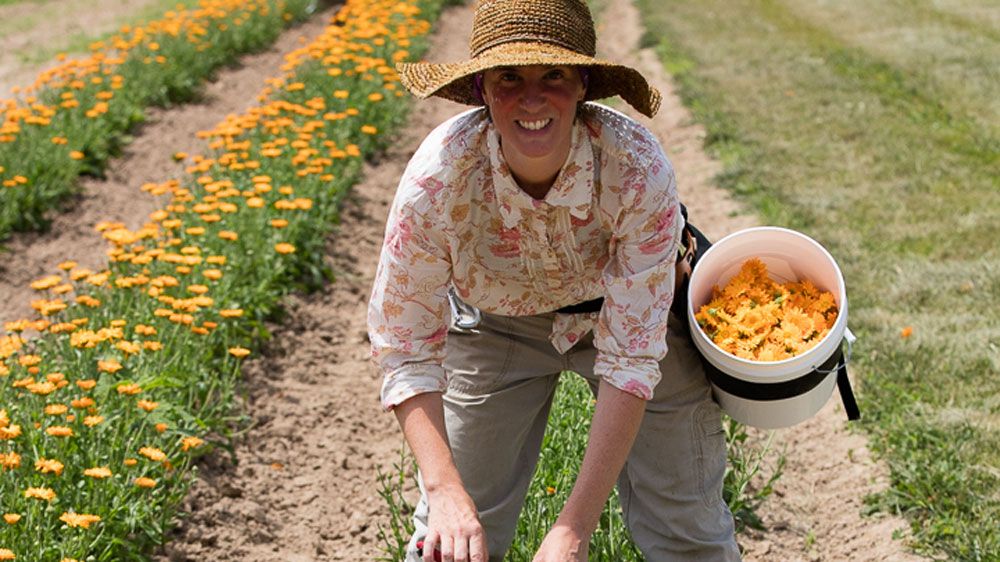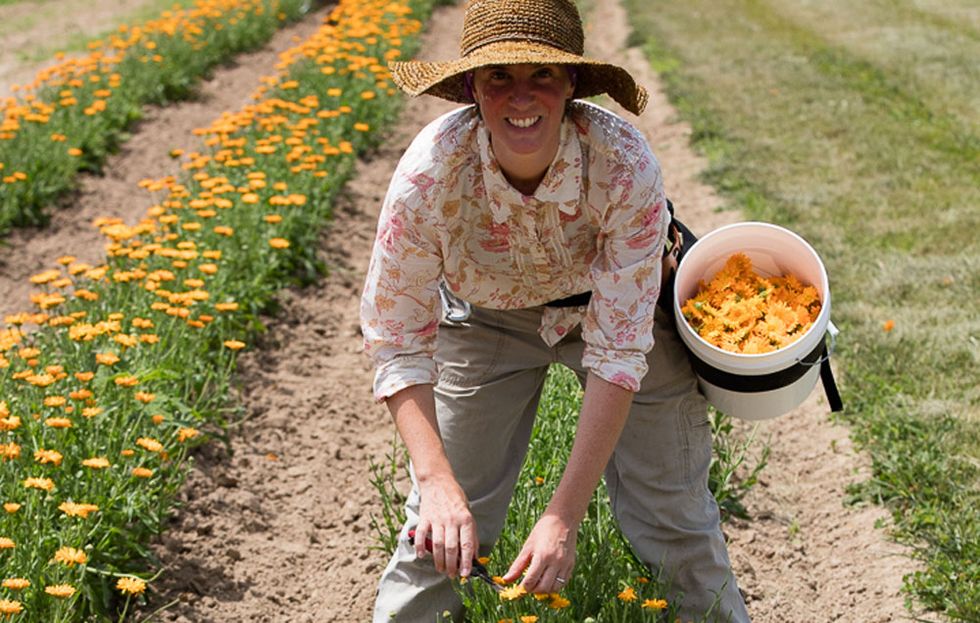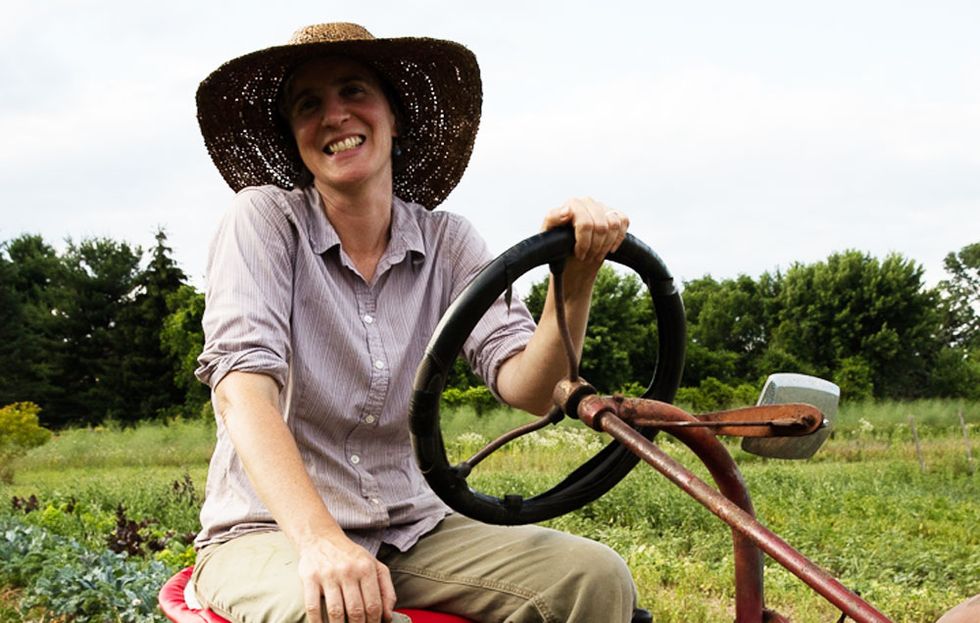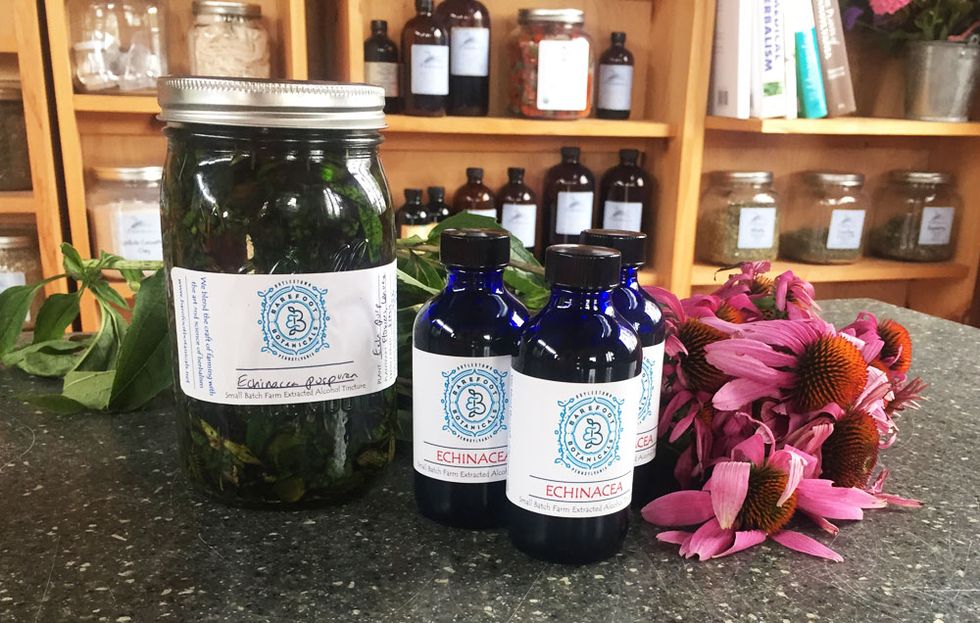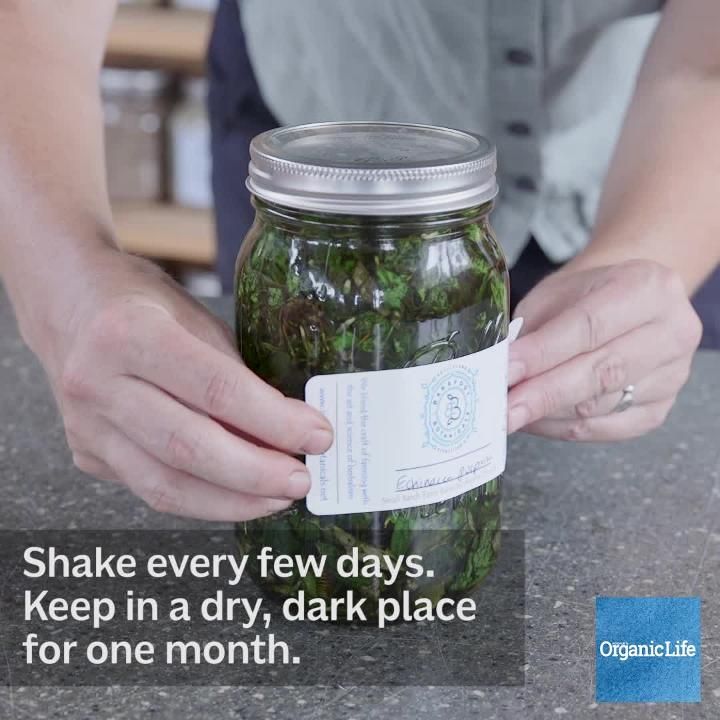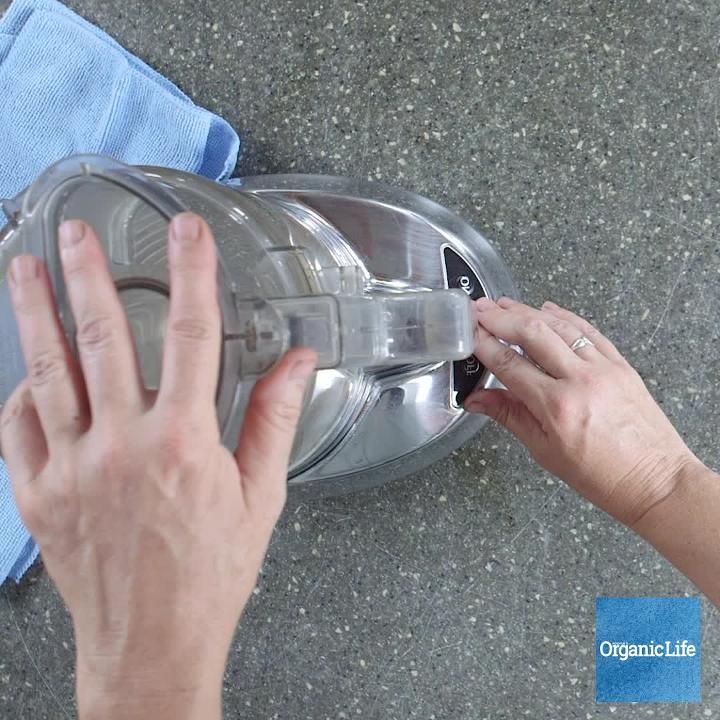This story originally appeared on Rodale’s Organic Life in August 2017.
Proponents of Western and herbal medicine are often at odds with each other. Depending on who you talk to, Western medicine is the evidence-based treatment of choice, or a big greedy business; while herbal remedies are a either a completely logical, tried-and-true option (we’ve evolved with these plants over thousands of years, after all), or a wacky and untested last resort.
But it doesn’t have to be one or the other when it comes to achieving optimal health and preventing disease. And Linda Shanahan is hoping to bridge the gap between these two seemingly disparate worlds.
Shanahan is unique in that she has a foot in both worlds—she’s a registered nurse, working in a hospital on weekends, but she’s also a trained herbalist with over 20 years of experience and co-owner (along with her husband Eric Vander Hyde) of Barefoot Botanicals, a certified organic herb farm in Doylestown, Pennsylvania.
Together, Shanahan and Vander Hyde use sustainable practices to grow dozens of medicinal herbs such as lavender, lemon verbena, chamomile, milky oats, calendula, tulsi, peppermint, Echinacea, and St. John’s Wort. These herbs are then sold either fresh, dried, or in the form of herbal oils, hydrosols, and syrups to herbalists, herbal manufacturers, brewers, chefs, and directly to consumers.
While Shanahan is a firm believer that we have coevolved with plants and that our bodies understand their complicated, variable, and powerful rainbow of chemical constituents in a way that pharmaceuticals will never be able to replicate, she also acknowledges that there are times when conventional Western medicine is necessary—like, say, when a patient has cancer or another serious ailment. The problem, however, is that conventional medicine does very little to help prevent these illnesses from cropping up in the first place.
“What became very clear to me early on after becoming a nurse is that we do not provide healthcare in our current conventional system,” says Shanahan. “We provide very highly advanced, expensive disease care. As an herbalist, on the other hand, I get to provide true preventative healthcare. I would love to see our systems working together more to reduce the cost of managing chronic disease and improve quality of life.”
According to Shanahan, two very important tools are currently missing from the conventional practitioner’s toolbox—enough time, and the knowledge of basic herbal remedies and lifestyle changes.
“Sure, it’s easy to tell someone to ‘get more sleep’, but how do you give your patient a tool for getting it accomplished? That depends first on finding out the root cause of the problem, which takes time. And sometimes the best treatment isn't a sleeping pill; it might be a breathing exercise that needs to be demonstrated, or an herbal tea or tincture, or just telling the patient they need to hold off on ice cream before bed. Our current system can’t handle any of this.”
But not everything is gloom and doom. Shanahan says she’s noticing a growing interest in natural remedies—people are hungry for more knowledge and understanding of herbs and a preventative lifestyle, she says, and that's where change starts. And while she may not be able to preach the benefits of chamomile for optimal sleep or milky oats for stress-relief to her hospital patients, she is able to marry her conventional and herbal knowledge through community health education, workshops, and working one-on-one with clients.
“Through herbs and organic gardening I have learned so much more about my world, and that has instilled a greater sense of urgency that we are on the wrong path as a species,” says Shanahan. “I am simply trying to find a better one. Hopefully I can help improve my little slice of the world along the way.”
Linda’s 3 Go-To Medicinal Herbs
While she could never pick an absolute favorite, Shanahan frequently uses these 3 gorgeous flowering herbs herself in the form of tinctures, teas, and even topical lotions. Here’s why she loves them and how you can reap their benefits too.
Echinacea (a.k.a. purple coneflower)
While there isn’t much evidence that Echinacea will do anything for you once you get a cold, other than possibly shorten the duration of your symptoms, there is some evidence that it could prevent colds and the flu if taken at the very first sign, according to an article in the Journal of the National Medical Association. Here, Shanahan demonstrates how to make an Echinacea tincture—or an alcoholic extraction of the flowers and leaves that retains the Echinacea’s powerful immune-boosting properties and can be stored for a prolonged period of time. For the complete recipe, check out this article.
Calendula
Calendula is a beautiful bright orange flower native to the Middle East that’s packed with the antioxidants lutein, beta-carotene, and lycopene. When applied topically, it soothes the skin with its anti-microbial and heals damaged skin by promoting cell regeneration, says Shanahan. It can also help heal the gut and promote the health of mucous membranes when taken internally. Shanahan typically dries calendula flowers and uses them to make herb-infused oils that can then be used to make lotions and salves.
Chamomile
This go-to herb for sleep and relaxation also happens to be great at relieving GI discomfort and bloating when consumed as a tea. But Shanahan also loves to use it topically for its cooling and anti-inflammatory properties—you can spritz chamomile hydrosol directly on the skin or use it in lotion recipes.
Here, Shanahan demonstrates how to make a soothing hand lotion featuring calendula-infused olive oil and chamomile hydrosol. The best part: You can make it in a blender!
For more information on Linda Shanahan and Barefoot Botanicals, visit barefootbotanicals.net
